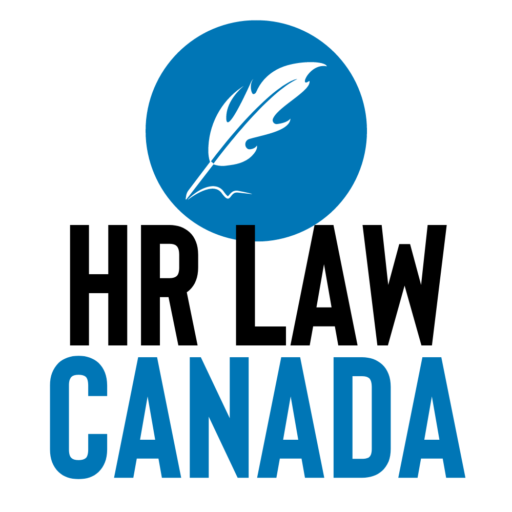As an HR professional, it’s your responsibility to ensure that your organization is providing a safe and respectful workplace for all employees.
This includes addressing and investigating any allegations of sexual harassment that may arise. Conducting a proper workplace investigation is critical to ensure that both the complainant and the accused receive a fair and unbiased process.
Here are some key steps to follow when conducting a workplace investigation into an allegation of sexual harassment:
- Take the allegation seriously: When an employee comes forward with an allegation of sexual harassment, it’s important to take it seriously and handle it with sensitivity. Listen to the complainant without judgment and let them know that their complaint will be taken seriously and investigated.
- Gather relevant information: Collect all the relevant information about the complaint, including the names of witnesses and any evidence that may support the complaint. This could include emails, text messages, or other documents. It’s important to ensure that all information is kept confidential and that only those who need to know have access to it.
- Conduct interviews: Interview the complainant, the accused, and any witnesses identified in the investigation. It’s important to conduct these interviews in a private and confidential setting, and to ensure that all parties understand the purpose of the interview.
- Remain unbiased: During the investigation, it’s important to remain neutral and unbiased. Avoid making assumptions or drawing conclusions before all the evidence has been gathered and analyzed.
- Analyze the evidence: Once all the evidence has been gathered, analyze it carefully to determine whether sexual harassment occurred. Consider the totality of the circumstances, including the behavior in question, the context in which it occurred, and the impact on the complainant.
- Take appropriate action: If sexual harassment has occurred, take appropriate action to address it. This could include disciplinary action against the accused, providing support to the complainant, or implementing training or policies to prevent future incidents.
- Document the investigation: Document all the steps taken during the investigation, including the evidence gathered, interviews conducted, and actions taken. This documentation will be important in the event of any future legal action.
By following these key steps, HR professionals can ensure that workplace investigations into allegations of sexual harassment are conducted in a fair and unbiased manner. Providing a safe and respectful workplace for all employees is essential to building a positive and productive work environment.




